- Home
- slideshows
- miscellaneous
- How Allergan went from a tiny but beloved Southern California eye care company to a dealmaking machine to falling out of grace with investors
How Allergan went from a tiny but beloved Southern California eye care company to a dealmaking machine to falling out of grace with investors
Allergan was founded in 1948 by pharmacist Gavin S. Herbert, shown below on the left with Dr. Parmis Khatibi, a specialist at the University of California, Irvine Medical Center in 2014.

Along with chemist Stanley Bly, Herbert created the company's first drug, an anti-allergy nose drop that used the antihistamine neoantergan. They marketed the drug under the name Allergan.
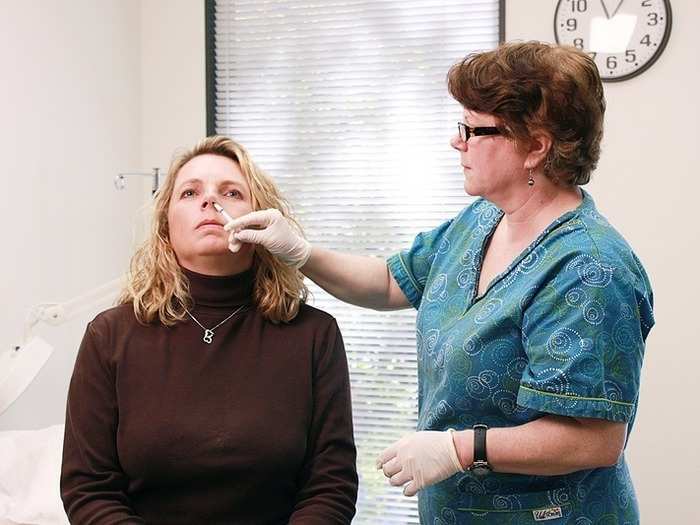
The eye drops launched Allergan into the eye care field. Allergan Pharmaceuticals Inc. officially became a company in 1950, and the company focused on eye products before going public in 1970.
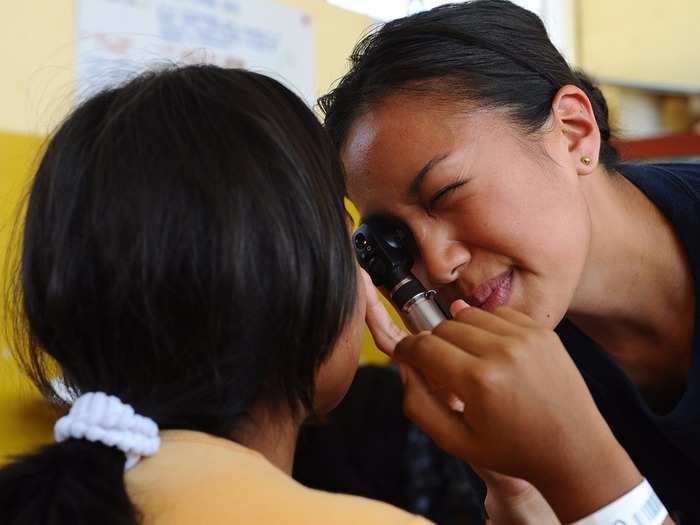
Allergan briefly merged with drug company SmithKline Beckman in 1980. In 1989, it separated from SKB when it was acquired by SmithKline Beecham (precursors to today's pharma giant GlaxoSmithKline).
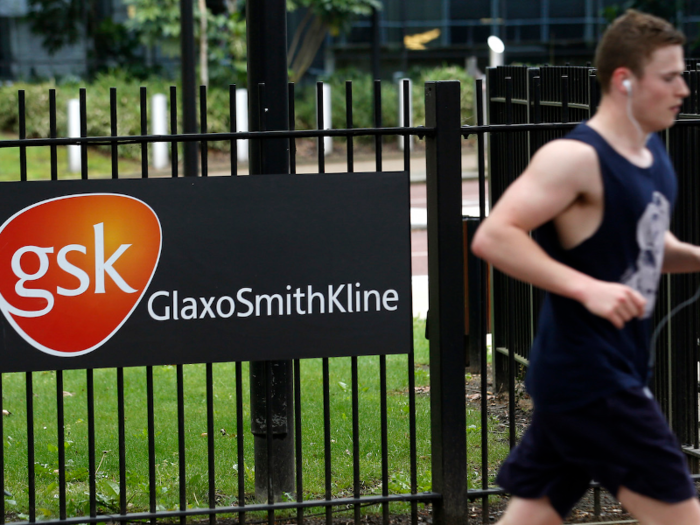
Around that time, the FDA approved a drug to treat lazy eye known as botulinum toxin type A, or Botox. Allergan acquired the company that made the new drug.

In the 1990s, ophthalmologist Jean Carruthers was treating people with a tight eyelid condition with Botox injections when she realized her patients' wrinkles were going away as well. After publishing her findings, dermatologists began to pick up on the off-label use of Botox.
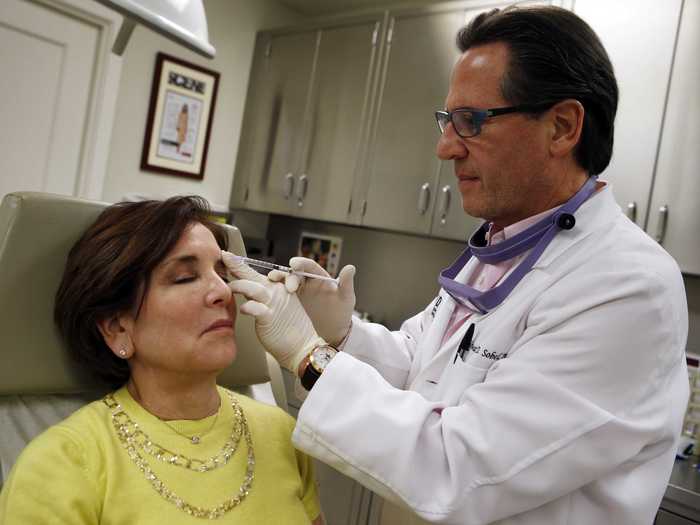
Botox grew so popular that at one point in 1997, the US had run out of its supply, inciting panic for those who used the treatment monthly to reduce wrinkles.
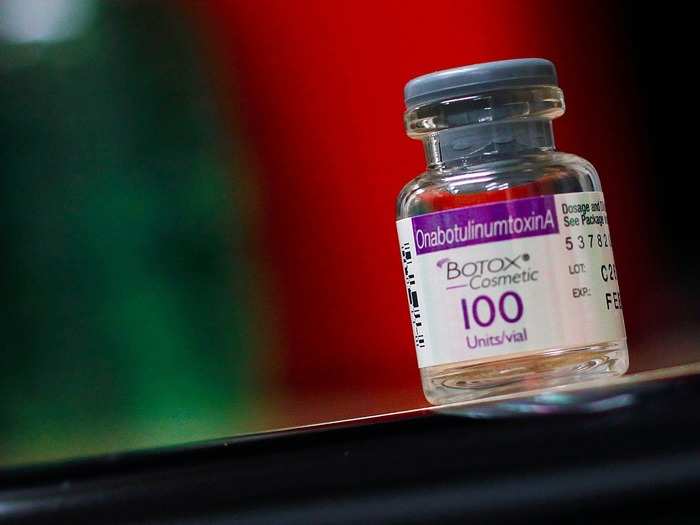
Source: The New York Times
It took until 2002 for cosmetic Botox to officially get the FDA's stamp of approval. In 2017, the drug made $2.2 billion in revenue.
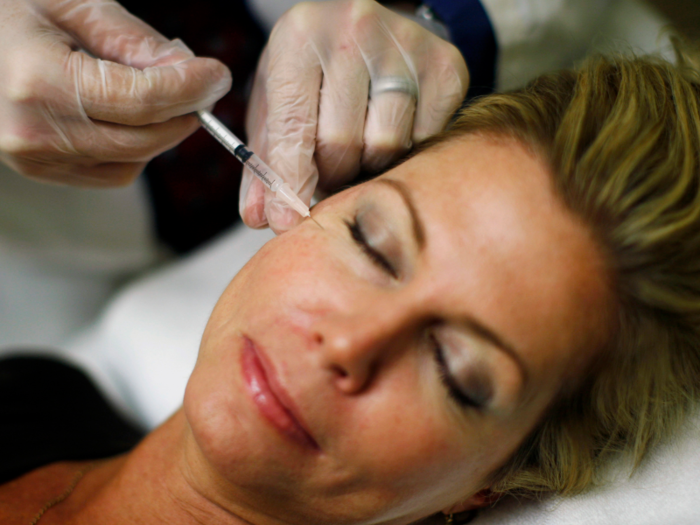
Source: Allergan
By the mid-2010s, Allergan was involved in making treatments that fell under the umbrellas of eye care, "medical aesthetics" (breast implants, dermal fillers, and Botox for wrinkles), neuroscience (Botox is used in a different dose for people with overactive bladders and those with chronic headaches) and obesity.

In 2014, Allergan looked like the perfect takeover target for Valeant, whose CEO, Michael Pearson (shown below) wanted to turn it into a cash-generating machine.
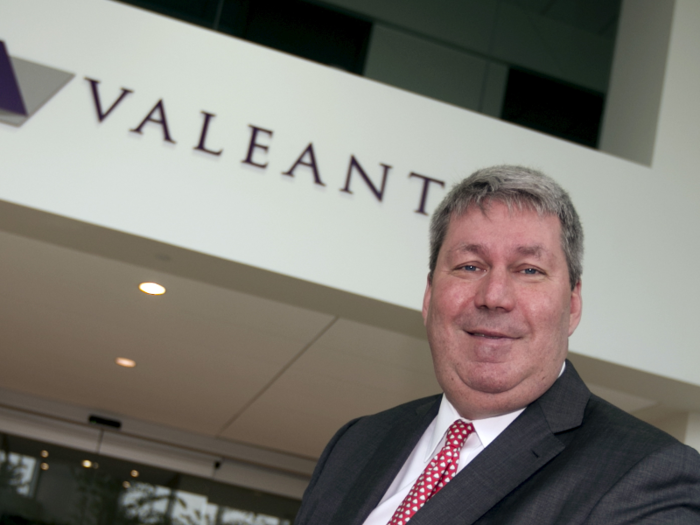
Source: Forbes
In November 2014, generics drugmaker Actavis came in and "saved" Allergan from Valeant, buying the company for $66 billion.
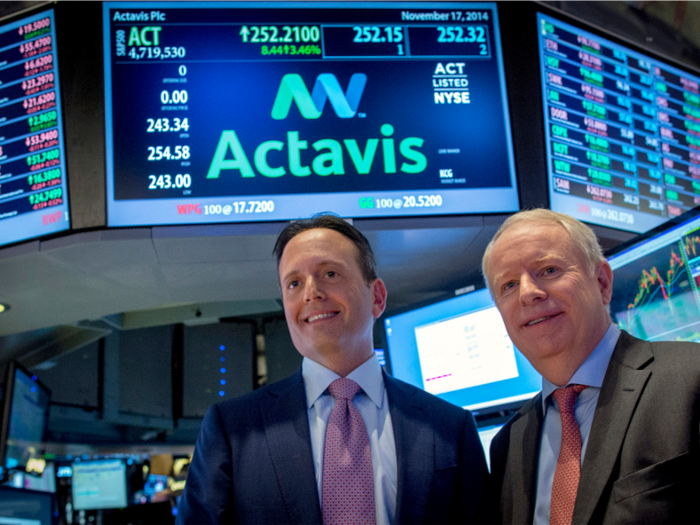
Actavis CEO Brent Saunders, 44, saw the deal through its close in March 2015, at which point he became the CEO of Allergan Plc - now a Dublin-based global pharmaceutical company.
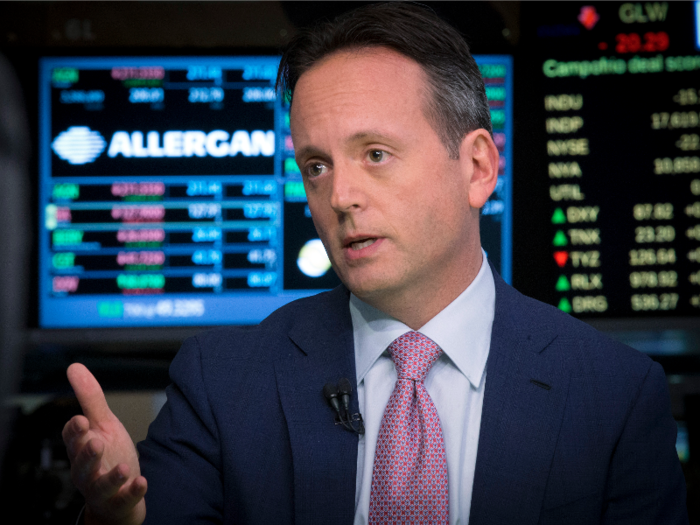
In July 2015, Allergan agreed to sell its generic drug business for $40.5 billion to Teva Pharmaceuticals. The move put Allergan in a spot to develop more branded drugs in areas like eye care, aesthetics, gastroenterology, and women's health.
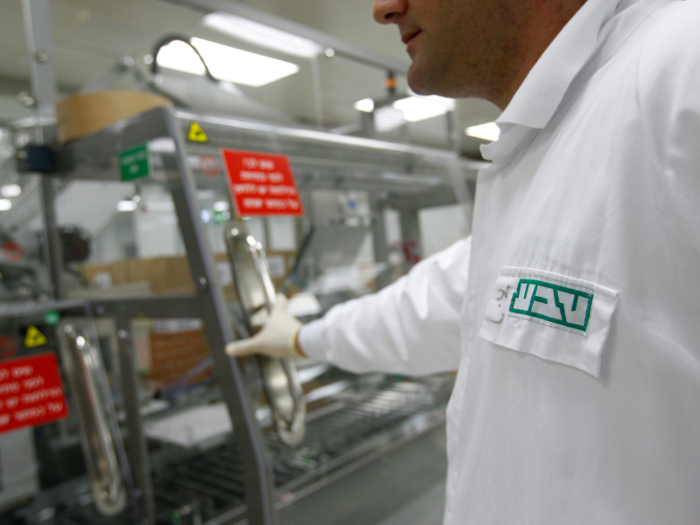
Source: Teva Pharmaceuticals
When the deal with Teva closed in August 2016, it left Allergan with $40 billion to spend. Some of that went to repurchase shares, while some went to a series of acquisitions that totaled about $6.5 billion. One of the bigger deals was for a company developing treatments for NASH, a liver condition that Saunders said would become "one of the next epidemic-level chronic diseases we face as a society."
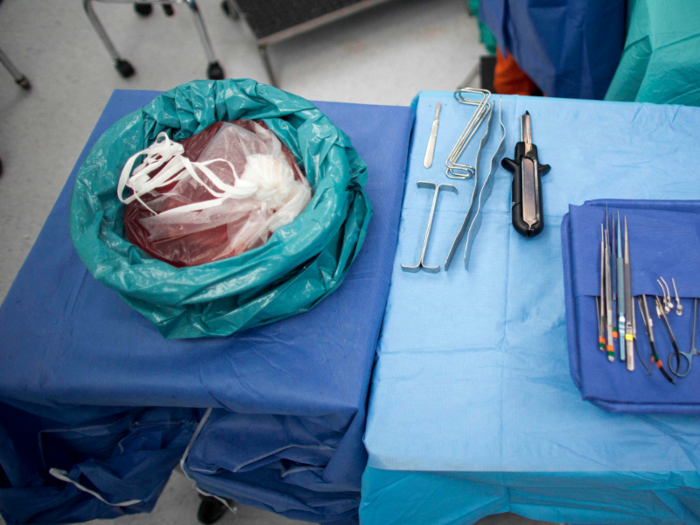
Source: Business Insider, Business Insider
Allergan and Pfizer tried to strike up a $160 billion merger in 2015, which ultimately didn't go through after the US Treasury released new rules governing so-called tax inversions that undercut the deal's key rationale in April 2016.
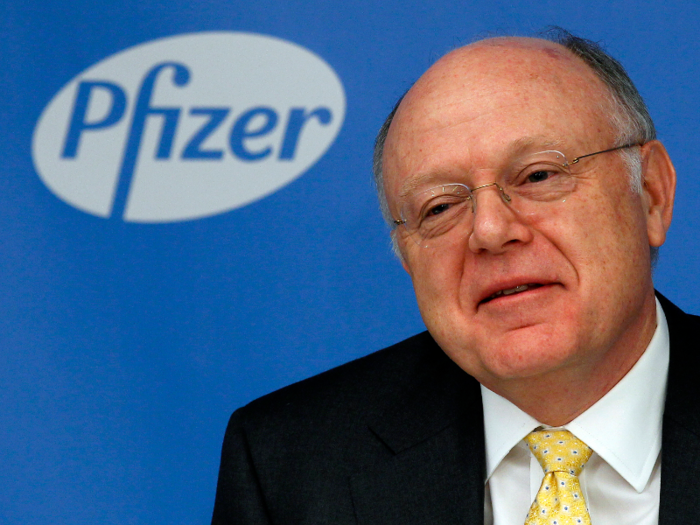
Source: Business Insider
In 2017, Allergan struck an unusual deal over its eye drug Restasis. The deal transferred the drug's patents to the Saint Regis Mohawk Tribe, with the intention of giving the drug sovereign immunity from certain patent challenges. It was a controversial move that ultimately became moot after a court invalidated other patents on the drug.
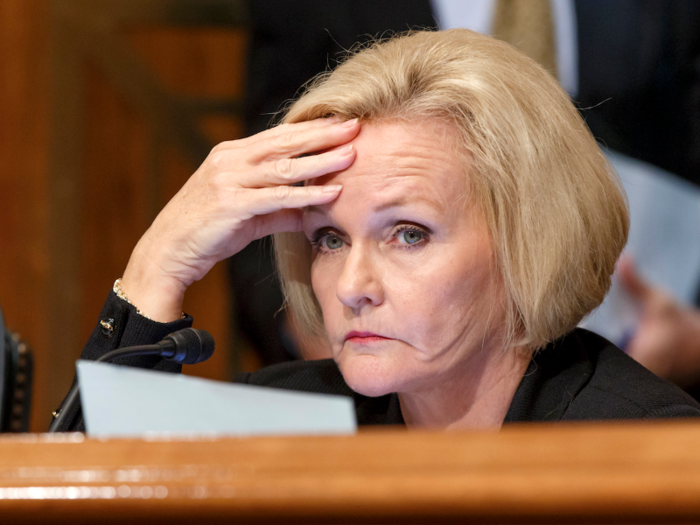
Source: Business Insider, Business Insider
Going into 2018, things didn't get better for Allergan's stock, and investors started getting frustrated, especially as the company went from considering a bid for drugmaker Shire to pulling out in just four hours.

Source: Business Insider
The frustrations led to a strategic review of the company to figure out what to do next. On the table was everything from share buybacks to acquisitions and even a split of Allergan to separate out its cash-pay businesses like aesthetics.

On Wednesday, Saunders said at a conference that Allergan is planning to sell its women's health and infectious disease businesses, putting more attention on Allergan's four "core" businesses, which are eye care, aesthetics, diseases of the central nervous system, and gastrointestinal conditions. Allergan's stock fell on the news, suggesting investors haven't been appeased yet.
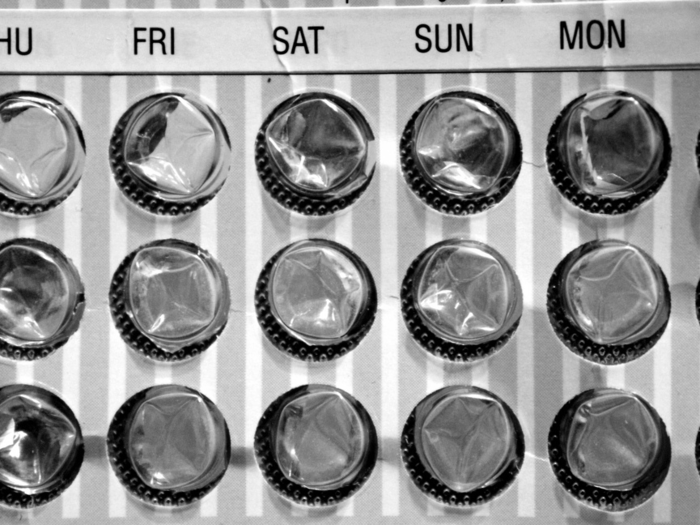
Source: Business Insider
In May, hedge fund Appaloosa Management, run by David Tepper, received antitrust clearance from the Federal Trade Commission to potentially increase its stake in the Botox-maker. This means that Appaloosa now has more flexibility to push for further changes at Allergan. It remains to be seen if that happens, but if so, it could mean more changes are ahead for the drugmaker.
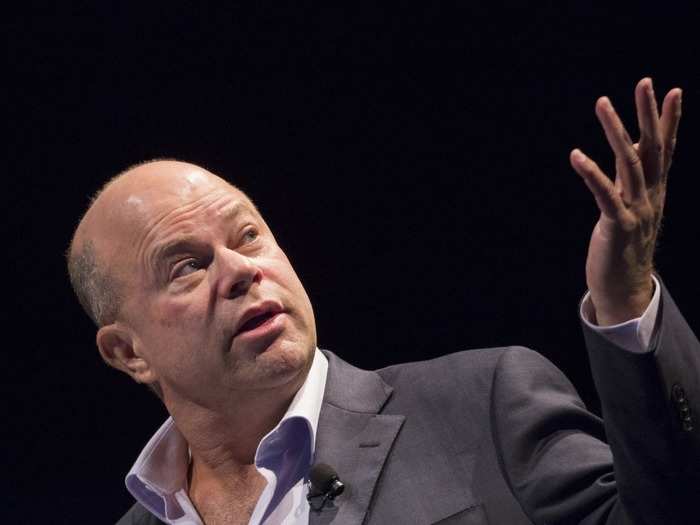
Source: Business Insider
Popular Right Now
Advertisement